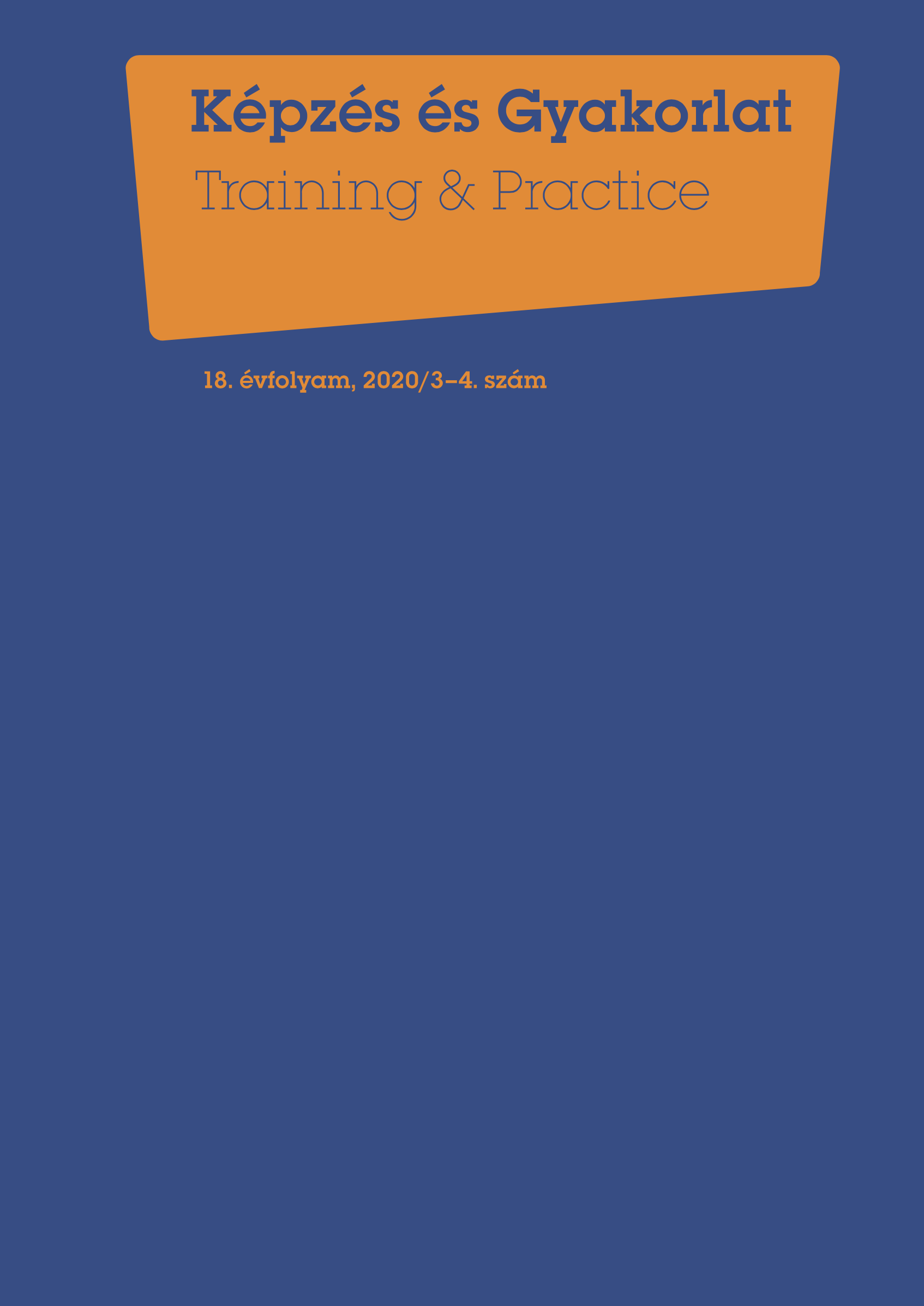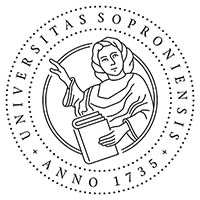Interviewing very young children on multilingualism
DOI:
https://doi.org/10.17165/TP.2020.3-4.15Absztrakt
Interviewing is a usual research method in qualitative research which is widely used in pedagogy as well. Yet, interviewing very young children is rather rare as it carries special difficulties and researchers find it better not to overcomplicate the research process for the sake of potentially not useful material. While this might be true, it is worth focussing on the hardships and special features of this research technique, too. Therefore, the study shows the difference between interviewing children and adults, and at the same time, it also deals with a timely topic, multilingualism, which the present study will examine from the point of view of the kindergarteners. The originality of the study lies not in conducting interviews as a part of qualitative research but in the intention according to which the author wants to concentrate on this method, i.e. interviewing very young children (between 3 and 6) showing that it is a special job which demands more attention in educational linguistics.
Hivatkozások
Brown, J. D. & Rodgers, T. S. (2002). Doing Second Language Research. Oxford: Oxford University Press.
Council Directive 77/486/EEC of 25 July 1977 on the education of the children of migrant workers. Official Journal of the European Communities. (No I. 199/32).
Csóka, G. (2001). A külföldi munkavégzésre vonatkozó közösségi munkajogi szabályozás. In: Lukács, É. & Király, M. (Eds.), Migráció és Európai Unió, (pp. 193–204). Budapest: Szociális és Családügyi Minisztérium.
Dörnyei, Z. (2007): Research Methods in Applied Linguistics. Oxford: Oxford University Press.
Forgács, A. (2001). A személyek szabad áramlása és az oktatás. In Lukács, É. & Király, M. (Eds.), Migráció és Európai Unió, (pp. 233–256). Budapest: Szociális és Családügyi Minisztérium.
Integrating Immigrant Children into Schools in Europe. (2009). Brussels: Education, Audiovisual and Culture Executive Agency.
Kitzinger, A. (2015). Multilingual and multicultural challenges in a Hungarian kindergarten. Unpublished PhD-thesis, Pázmány Péter Catholic University, Budapest-Piliscsaba, Hungary.
Morvai, M. (2008). Az interkulturális nevelés óvodai gyakorlata a Városi óvodák Fáy András Lakótelepi tagóvodájában. http://varosiovodakpapa.hu/dokumentumok/az-interkulturalis-neveles-ovodai-gyakorlata.pdf. [15 October 2020]
Pinter, A. & Zandian, S. (2014). ‘I don’t ever want ot leave this room’: benefits of researching ‘with’ children. ELT Journal, Vol. 68 (1), pp. 64–74. DOI: https://doi.org/10.1093/elt/cct057
Storr, J. (2017). Living here, Working there: Elite Migrants at the Interstices of Global Trade and Culture. Global Media Journal, Vol. 15 (28:58), pp.1–11.
Simon, M. (2009). A bevándorló gyermekek iskolai integrációja. Új Pedagógiai Szemle, Vol. 55. Issue 7-8. pp. 205–213.
Strategic Airlift Capability (2013). NSPA – NATO Support Agency. [online] https://www.nspa.nato.int/about/namp/sac. [15 October 2020]
Vámos, Á. (2011). Migránsok iskolái. Educatio, 20. évf. 2. sz., pp. 194–207.
Letöltések
Megjelent
Folyóirat szám
Rovat
License
Copyright (c) 2020 Arianna Kitzinger

This work is licensed under a Creative Commons Attribution-NonCommercial-NoDerivatives 4.0 International License.








